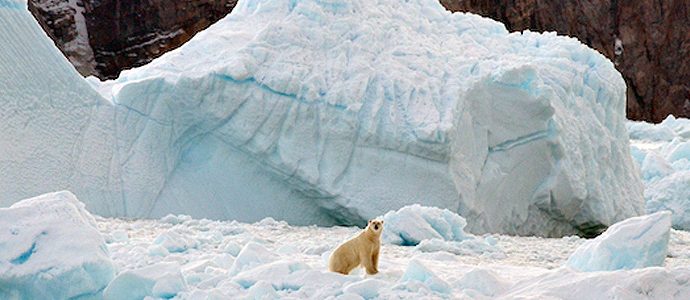Greenland’s Glaciers are Suffering from an Early Spring Melt
Researchers with NASA’s Operation IceBridge aerial polar ice survey have discovered the presence of large meltwater pools and raging rivers across the surface of a number of Greenland’s major glaciers, a “concerning” development due to the early melt of Arctic ice in the season. Typically, this level of ice meltread more
